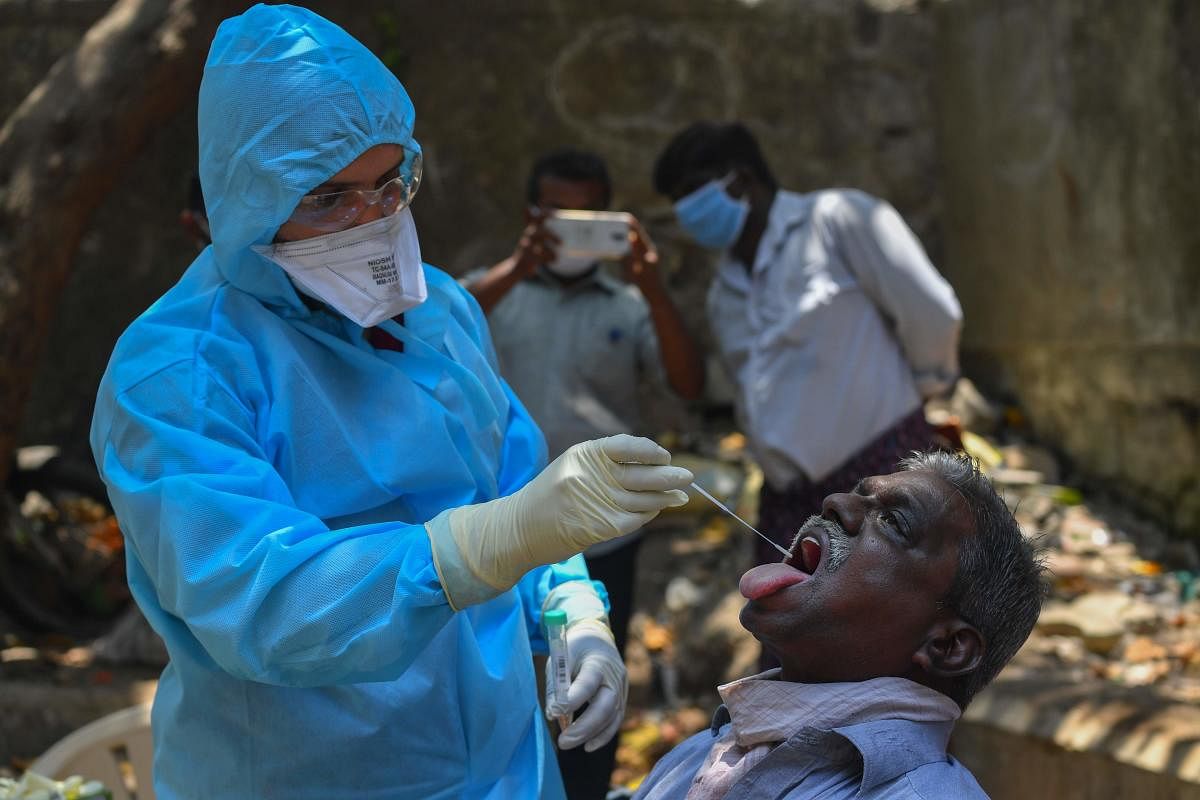
The human cost of the coronavirus outbreak continues to mount, with more than two million cases confirmed globally, and over 135,000 people reported to have died from the contagion. It is worth examining how healthcare systems the world over are coping with the virus.
No one predicted the outbreak of a pandemic so rapidly, to the extent that it would upend global healthcare services. However, what has emerged clearly is that, in times of emergencies, the delivery of healthcare, either by the private sector or State-run systems, is a national priority and all such resources are "public goods" to be shared equitably for the common weal. As COVID-19 infections push healthcare systems to the brink, the role of private hospitals in meeting challenges posed by a pandemic is under scrutiny. A germane question is whether private hospitals have the wherewithal and intent to handle such contingencies, or are they more impelled to achieve corporate objectives.
Toll on health systems
Most countries in the world have a dual system of private and public healthcare, yet the public system is the one that is most affordable to those having lower income levels. It is not surprising that in times of crises, public hospitals get overwhelmed trying to cater to the larger cross-section of society. On the other hand, private healthcare institutions are regarded as both more specialised and expensive, and not sufficiently inclined to intervene during times like what we are experiencing now. Responding to public health emergencies is resource-intensive and not commercially attractive. This could be a reason why the cause does not resonate well with the private sector, who have to be conscious of their financial bottom-line.
The US, China, Italy, and Spain have been the worst affected so far by the pandemic. While Italy and Spain have excellent public healthcare systems in place, they weren't equipped to handle an epidemic of this proportion. The Chinese authorities, on the other hand, operating under a centralised system, took quick decisions to stem the tide by building new purpose COVID-19 hospitals overnight, strictly monitoring people and their movements, and ramping up manufacture of personal protective equipment (PPE) and ensuring their supply to frontline health workers. This leaves the US, the new epicentre of COVID-19, which depends largely on a private healthcare system, finding itself poorly equipped to deal with a medical situation of this magnitude. Deterred by the expensive healthcare system and no adequate insurance cover, many people in the US chose not to go to the hospitals. This has compounded the infection rates and stretched the public health system beyond its limits.
In India, the response to the pandemic has so far remained confined largely to the public healthcare system. Yet, government hospitals, already struggling with the number of patients, are burdened with shortages of ventilators, ICUs, and rooms. Private hospitals have been directed to treat symptomatic patients, but due to limited testing facilities and higher cost, the number of such patients has so far been low. In semi-rural areas, private sector hospitals are not comparable to those in the cities. They only have basic infrastructures and limited medical staff. It is also worrisome that many smaller private hospitals and nursing homes in cities have closed down their out and inpatient facilities.
The efficiency of the public healthcare and public distribution systems during such crises is a litmus test for the performance of any state government.
The counterpoint
The very rationale of super-speciality hospitals is to offer services in a restricted domain. Though 'team practice' (several different specialists working together in addressing the overall health and recovery of a patient) is picking up, they are still confined to the speciality they operate in. A hospital offering cardiac services may not have the resources to offer regular secondary care services or have only limited support to other disciplines like respiratory medicine or neurology. Public health response usually demands a multi- and inter-disciplinary approach to management and often, it goes even beyond a medical approach to the problem.
Addressing the social determinants of health will need more convening power and bandwidth, and these have traditionally been vested in public agencies. That being said, it is not as though private hospitals and clinics have no role to play during epidemics. They need to continue to address the regular health issues the citizenry will be facing. Currently, the closure of several private centres is adding to the pressure on public hospitals and further straining existing resources.
While the public healthcare system is undeniably beneficial in cases of pandemics, in the overall scheme of healthcare, private hospitals do have an important role to play. The range and depth of specialists available in the private sector are traditionally not available in the public health system, except in a few super-speciality hospitals run by the government.
During times of crisis, the public health system can co-opt doctors who are either willing to volunteer or agree to be contracted temporarily. Some private hospitals have also volunteered to be reclassified as COVID-19 hospitals and have expressed their desire to function as public hospitals until the crisis is over. Finally, while governments are best placed to respond to epidemics of this magnitude, they need to build complementary partnerships with people from the private and civil society space.
Governments have to be vigilant of the magnitude of the crisis that a country would face once the pandemic spirals out of control. All healthcare facilities -- public/private/armed forces/paramilitary -- will have to function under a unified command, with state governments taking the final responsibility of managing the crisis. A flexible, well-coordinated and forward-looking plan has to emerge, with matching logistics in terms of land and air mobility (to be provided by the armed forces) and PPE in sufficient quantities to every frontline health worker. Such a command centre should be of a temporary nature and should automatically be dissolved once the crisis ends.
(Tobby Simon is Founder-President of Synergia Foundation; Dr Balasubramanian is Founder, Swami Vivekananda Youth Movement and GRAAM)